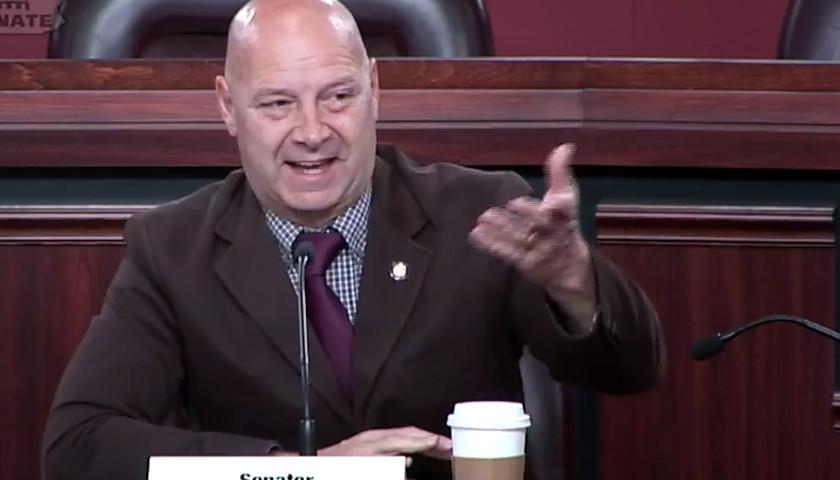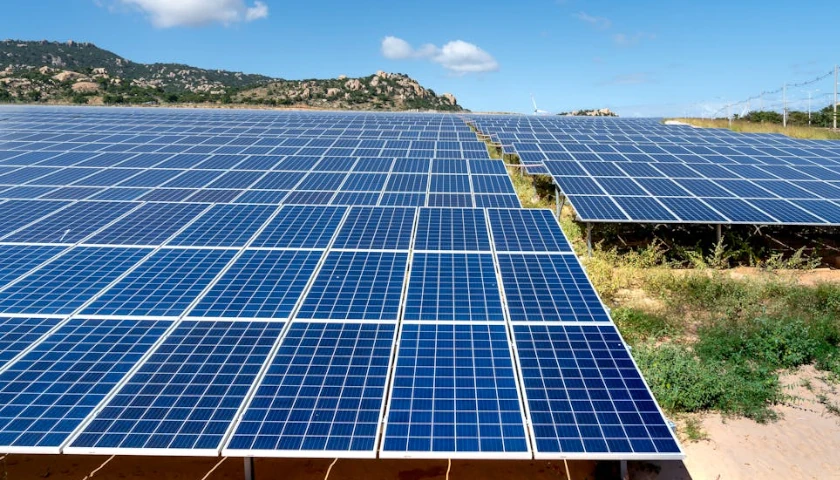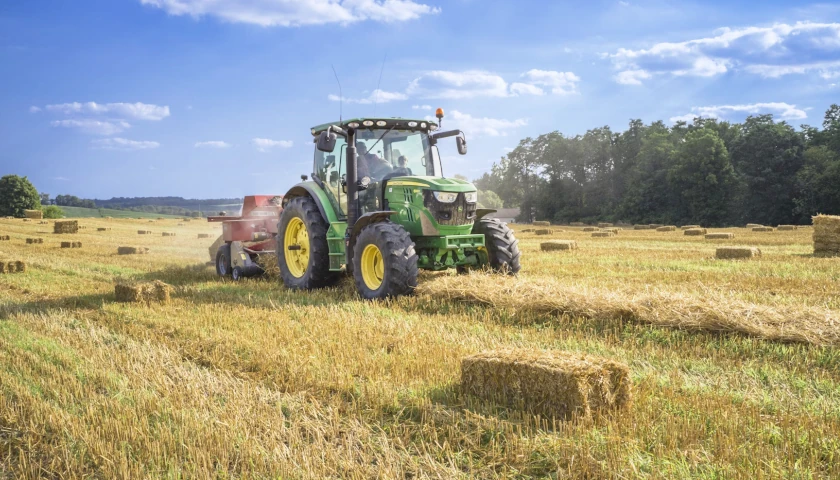by Christina Lengyel
The growth of solar generation in Pennsylvania over the last decade owes largely to farmers willing to share their land, a fact that leaves others worried about neighboring property values and future sustainability.
As such, Sen. Doug Mastriano – former gubernatorial candidate and right-wing firebrand who represents a district that spans Franklin and Adams counties – recently introduced a bill limiting the use of farmland for solar development in Pennsylvania. The legislation would prohibit development on prime farming land considered class one or class two by the USDA.
In a statement, Mastriano said the solar installations make farmland unusable after the property lease expires and worried that “nearby property values also can be affected by large-scale developments, as some large solar farms create eyesores for the neighboring community.”
Instead, Mastriano argues developers should target old industrial sites, called brownfields, for revitalization. The state Department of Environmental Protection has long advocated for recycling these properties as a way to boost both environmental and economic conditions in Pennsylvania.
More than 500,000 brownfields exist nationwide, though their cleanup can be costly and complex.
With July already clocking in as the hottest month on record, critics of Mastriano’s bill say the pressing need for the development of renewable energy sources is more apparent than ever. They argue that the bill builds its foundation on a perceived conflict between agriculture and renewable energy, one which prioritizes wealthy landowners over long-term sustainability across the state.
To that end, the legislation does propose tax incentivization for solar development. Mirroring federal legislation, the tax credit would allow owners of solar facilities to claim up to 3 cents per kilowatt, topping out at $5 million per fiscal year for the first 10 years of operation.
While proponents of solar energy support the tax credit introduced within the bill, both environmentalists and landowners balk at restrictions being imposed on how privately owned land can be used.
The Center Square spoke with Leah Meredith, senior manager for the Mid-Atlantic Region for SEIA, the Solar Energy Industries Association, who said “farmers should have the right to decide what they do with their land,” adding that solar panels offer future financial security for farmers in retirement, which is essential for those who have spent their lives laboring in a physically demanding field.
Advocates in the SEIA understand the desire to preserve the beauty and heritage of rural communities, but they envision a scenario where farmers have the opportunity to create a symbiotic relationship between solar energy and agriculture.
As a counter to Mastriano’s concerns about land degradation, supporters also point to studies of agrivoltaic solar arrays that found the installations complement crop growth, suggesting that solar farms can even benefit production.
Though advocates like Meredith would see it as a win to put browndfields to good use, the cost of clean up and grading to these areas can be economically prohibitive, thus limiting the potential for growth within the solar industry overall.
– – –
Christina Lengyel is a contributor at The Center Square.





